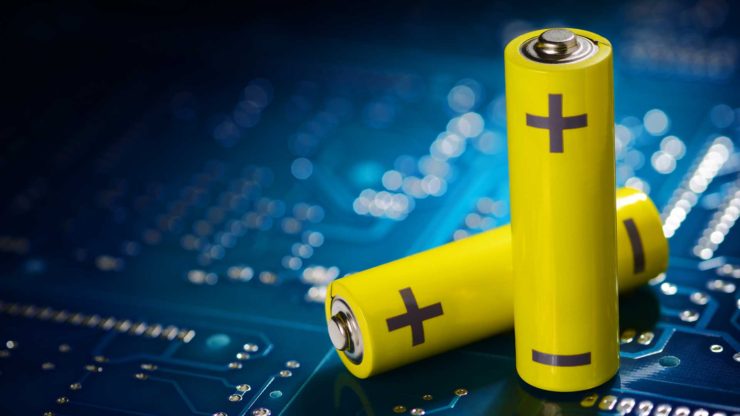The innovative electronic architecture of the IMEON hybrid inverter and its intelligent management of energy sources make it possible to optimize the life of a battery. Unlike the off grid systems that charge almost the entire solar electricity production in batteries before it’s available for use, the IMEON inverter stores only the excess production and discharges only the power needed to complement the solar production.
The life of a lithium or lead-acid battery is expressed in number of cycles the battery can sustain in function of applied depth of discharge (DOD). A cycle is defined as a charge and a complete discharge of the battery. Depending on the type of battery, the storage lifespan can vary greatly.
Lithium battery (NMC, LifePO4, LMO …): in recent years, the lithium battery is more and more suitable for solar self – consumption applications. This is mainly due to a significant drop in prices, a long service life, the substantial energy density and a much better yield when compared to lead batteries. Lithium battery manufacturers often indicate lifetimes ranging from 3000 to 6000 cycles at 80% DOD. If the solar self-consumption system has been properly scaled, one cycle must correspond to one day of operation (daytime charge with excess solar power and discharge during the evening and night). If this is the case, the life of a lithium battery varies between 8 and 16 years. Attention, it must be taken into account that these lifespans communicated by the battery manufacturers are given taking into account the standard test conditions. Certain parameters such as high temperatures or high charge and discharge currents can negatively impact the lifetime of a lithium battery.
Lead-acid battery (gel, AGM, OPZV, OPZS …): these batteries have the advantage of being less expensive than lithium batteries. The disadvantages are related to the service life which varies between 400 and 800 cycles at 50% DOD for gel or AGM batteries and between 1000 and 2000 cycles at 50% DOD for OPZV or OPZS batteries (under standard test conditions ). In addition, the number of cycles drops rapidly if the batteries are used at discharge levels above 50%. It is important to check the “cycle / DOD” curves provided by the battery manufacturers to ensure that the inverter is set correctly. As with lithium batteries, lead-acid batteries must be installed in rooms protected from heat and properly ventilated. The charging and discharging currents must not exceed, in general, 10 to 20% of the storage capacity.

